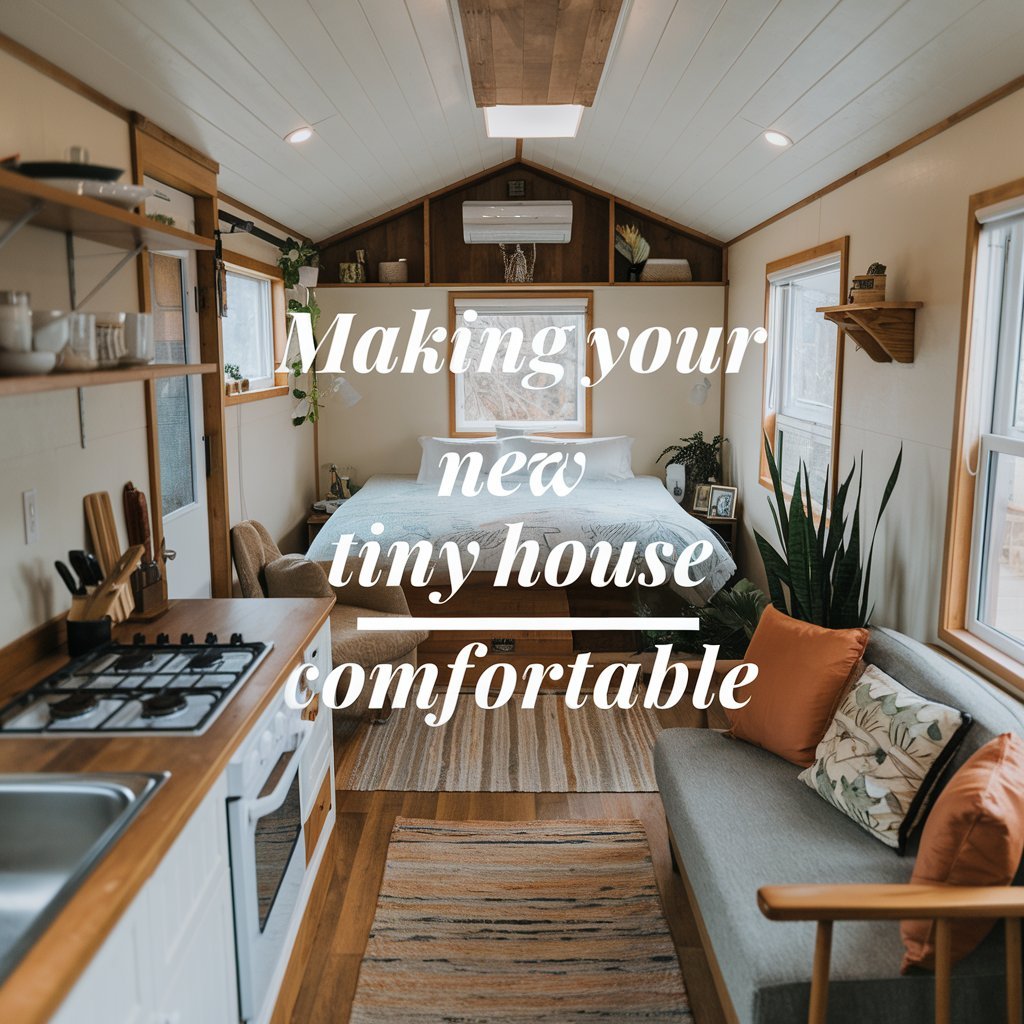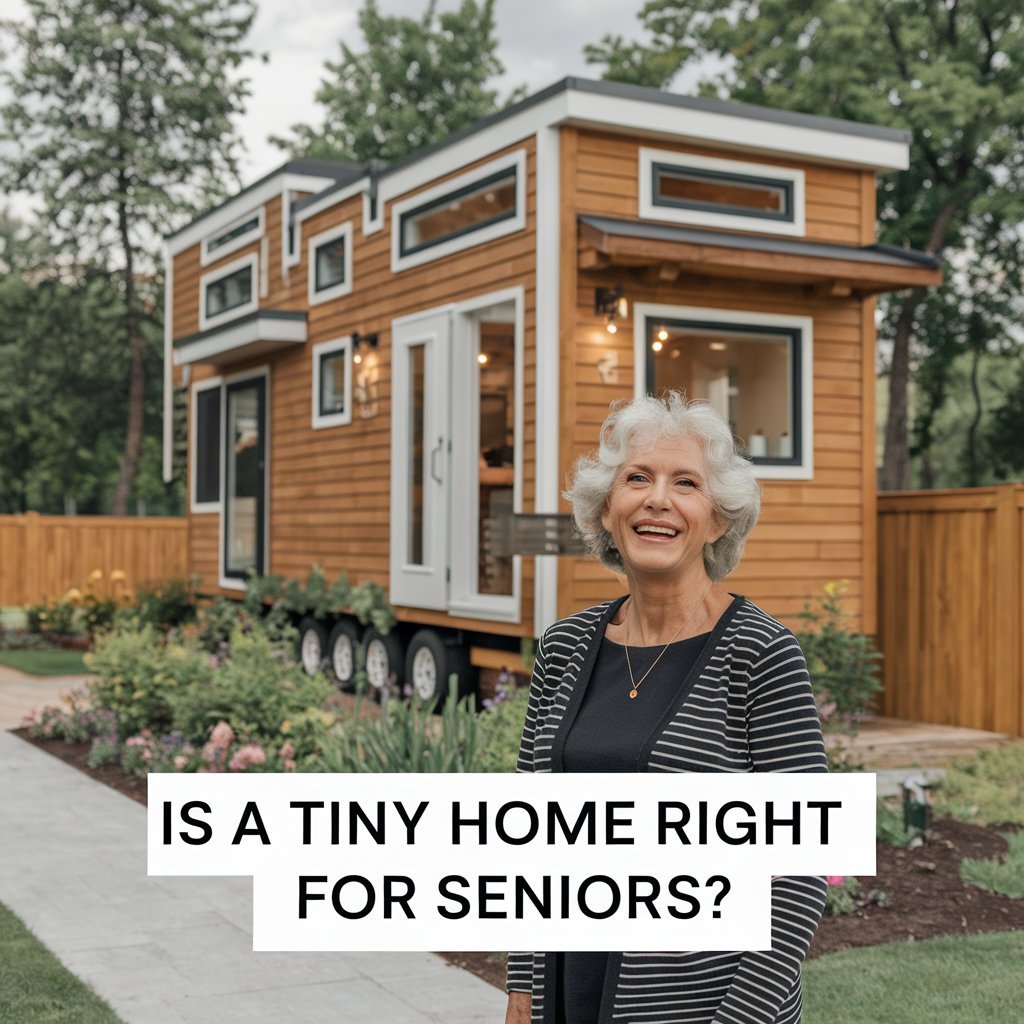The tiny home movement has reshaped modern housing trends, offering compact living spaces under 400 square feet. This alternative lifestyle gained traction after the 2008 financial crisis and surged again during the 2020 pandemic. Many Americans now view these dwellings as practical solutions to rising home costs and environmental concerns.
Reality TV shows glamorize minimalist living, but daily life in a 200-400 sq ft space requires adaptation. Compact layouts demand creative storage solutions, while shared spaces test relationships. What looks effortless on screen often feels different in practice.
Temporary stays in these mobile or stationary units help assess real-world comfort. Test-driving floorplans reveals preferences for loft beds versus ground-level sleeping areas. Families discover whether communal areas function for work, meals, and relaxation.
The United Tiny House Association reports growing rental availability through dedicated platforms and festivals. These trial periods prevent costly mistakes, letting users evaluate climate adaptability and local zoning laws. Some discover compact living enhances simplicity, while others miss traditional home features.
Key Takeaways
- Tiny homes surged in popularity during economic shifts as affordable housing alternatives
- Reality TV often overlooks practical challenges of compact living spaces
- Trial rentals help assess space needs and lifestyle compatibility
- Testing different layouts improves decision-making for permanent purchases
- Rentals clarify preferences for mobile vs stationary tiny home options
- Temporary stays reveal how minimalist living affects daily routines
Understanding Tiny House Living
Redefining residential spaces, micro-homes prioritize efficiency over square footage while addressing modern financial pressures. These compact dwellings measure under 400 square feet, with mobile and stationary options offering distinct advantages. Legal classifications vary significantly between wheel-mounted units and permanent foundation structures, impacting zoning flexibility and building codes.

What Defines a Tiny House?
Three key features distinguish these dwellings from traditional housing. Floorplans maximize vertical space through lofted sleeping areas and convertible furniture. Construction often utilizes lightweight materials for mobile units, while stationary models might incorporate standard homebuilding techniques. Accessory dwelling units (ADUs) provide unique opportunities for homeowners to create secondary residences on existing properties.
Cost Comparisons: Tiny Houses vs. Traditional Homes
Financial differences appear stark when analyzing housing expenses. Initial purchase prices show tiny structures costing 88% less than conventional homes. Annual utility bills demonstrate even greater disparities due to reduced energy demands.
| Expense Category | Tiny House | Traditional Home |
|---|---|---|
| Purchase Price | $45,000 | $391,900 |
| Yearly Utilities | $540 | $2,060 |
| Insurance | $900 | $1,249 |
| Maintenance | $300 | $2,000 |
Ongoing costs reflect the smaller footprint’s advantages. Property taxes often decrease due to lower valuations, while repair expenses stay minimal. Specialized insurance policies cover mobile units differently than standard homeowner plans.
Should you rent a tiny house before buying?
Trial stays in compact dwellings offer valuable insights for potential buyers. These experiences help determine if minimalist living aligns with personal needs and habits. Many discover hidden challenges or unexpected benefits during short-term stays.
Pros and Cons of Renting Before Commitment
Test-driving micro-homes reveals practical advantages and limitations. Temporary residents gain firsthand knowledge of space management and daily routines. Some find clever storage solutions inspiring, while others struggle with reduced personal areas.
| Advantage | Benefit | Disadvantage | Challenge |
|---|---|---|---|
| Cost-effective trial | Avoids buyer’s remorse | Limited availability | Peak season bookings |
| Layout testing | Identifies ideal designs | Short duration | Incomplete adaptation |
| Climate assessment | Checks insulation efficiency | Seasonal limitations | Weather variations |

Real-life Experiences and Tiny House Festivals
Industry events provide concentrated learning opportunities. The National Tiny House Festival showcases 150+ models annually, attracting 12,000 visitors. Attendees compare bathroom configurations, kitchen layouts, and multi-purpose furniture options.
John Kernohan, a leading builder, notes: “Our rental units remain fully booked 10 months ahead.” This demand highlights growing interest in experiential testing. Many festival participants later book extended stays to evaluate different climates and community setups.
Current owners often share crucial maintenance tips during these events. Their stories help newcomers understand long-term considerations like moisture control and appliance repairs. These interactions frequently influence final purchasing decisions and customization plans.
Financing and Costs of Tiny Houses

Financial planning forms the cornerstone of successful compact dwelling ownership. Initial investments vary widely, with pre-built units averaging $45,000 compared to $391,900 for traditional homes. Construction methods dramatically impact total expenses, creating distinct financial pathways for buyers.
Buying vs. Building: What’s Most Affordable?
Self-built projects offer substantial savings but demand technical skills. Basic DIY builds start at $12,000, while professional construction averages $53,000. Prefabricated models simplify the process but increase upfront costs.
| Option | Cost Range | Time Commitment |
|---|---|---|
| DIY Build | $12,000-$35,000 | 300-500 hours |
| Professional Build | $35,000-$68,000 | 8-12 weeks |
| Pre-built Unit | $30,000-$150,000+ | Immediate |
Additional Expenses: Transportation, Land, and Utilities
Mobile units incur moving costs up to $3.25/mile. Annual budgets should account for:
- Parking fees: $300-$1,200 monthly
- Specialty appliances: $150-$3,000
- Insurance: $900-$1,500 yearly
Financing differs from traditional mortgages, with personal loans averaging 10% interest. A $45,000 loan over five years creates $956 monthly payments. Land acquisition remains the wildcard, as zoning laws complicate permanent placements in many regions.
Lifestyle and Sustainability Considerations
The intersection of minimalism and mobility defines contemporary compact living solutions. Downsizing creates unexpected advantages beyond square footage reductions, merging practical needs with environmental awareness. Seven in ten micro-home residents report improved quality of life through intentional space use and resource management.

Simplified Living and Minimalist Benefits
Compact dwellings transform daily routines through efficient design. Owners spend 83% less time cleaning compared to traditional homeowners. Built-in storage and multi-functional furniture reduce clutter-related stress.
| Aspect | Traditional Home | Tiny House |
|---|---|---|
| Weekly Cleaning Time | 5.7 hours | 1.2 hours |
| Annual Maintenance Costs | $2,000 | $300 |
| Personal Belongings | 300+ items |
This streamlined approach fosters financial freedom. Utility bills shrink to $45 monthly in most climates. Many residents redirect savings toward travel or early retirement goals.
Eco-friendly Design and Mobile Flexibility
Micro-homes consume 93% less energy than standard houses. Solar arrays and composting toilets enable off-grid capabilities. Rainwater systems reduce water waste by 60% compared to conventional plumbing.
| Feature | Environmental Impact | Cost Savings |
|---|---|---|
| Solar Panels | 100% renewable energy | $1,200/year |
| LED Lighting | 85% less power use | $180/year |
| Insulation | 40% heat retention | $360/year |
Wheel-mounted units offer relocation freedom without property ties. This mobility helps owners chase job markets or escape extreme weather patterns. Seventy-eight percent report improved life satisfaction through adaptable living arrangements.
Navigating Zoning, Insurance, and Legalities
Legal considerations form the backbone of successful compact dwelling ownership. Mobile and stationary units face distinct regulatory landscapes across different regions. Parking availability often determines livability more than construction costs or design preferences.

Understanding Zoning Laws and Parking Fees
Local ordinances dictate where wheel-based units can reside permanently. Structures on wheels must meet strict transportation limits:
- Maximum width: 8.2 feet (2.5 meters)
- Height restriction: 14 feet (4.3 meters)
- Weight ceiling: 9,920 pounds (4.5 tonnes)
Thirty-seven states classify mobile units as recreational vehicles rather than permanent residences. This distinction affects parking options, forcing owners to seek RV parks or private land leases. Annual parking fees range from $3,600-$14,400 depending on location and amenities.
Insurance Options, Mortgages, and Financial Tips
Specialized coverage protects mobile dwellings differently than traditional homeowner policies. Key financial considerations include:
| Factor | Wheel-Based Units | Foundation Homes |
|---|---|---|
| Insurance Type | RV/Mobile Home | Standard Homeowners |
| Tax Classification | Personal Property | Real Estate |
| Loan Options | Personal Loans | Mortgages |
Experienced builders streamline compliance with regional construction codes. Their expertise helps avoid costly modifications post-construction. Always verify utility access rights before finalizing land leases or purchase agreements.
Conclusion
Exploring compact living requires practical testing beyond theoretical research. Industry leaders like builder John Kernohan emphasize: “Trust your instincts through hands-on experience.” Temporary stays reveal how storage solutions and multi-functional layouts perform during daily routines.
Festivals and rental platforms now offer diverse tiny home options for trial periods. Testing different floorplans helps identify essential amenities and spatial deal-breakers. This approach prevents costly mistakes while clarifying preferences for mobile versus stationary units.
Prospective owners benefit from comparing materials, maintenance needs, and builder reputations firsthand. Many discover climate adaptability issues or unexpected joys through short-term stays. These insights prove invaluable when planning permanent housing solutions.
The growing accessibility of trial programs simplifies decision-making. By experiencing compact living firsthand, individuals make informed choices aligning with their environmental values and lifestyle goals. This strategic evaluation process often determines long-term satisfaction with minimalist dwellings.



